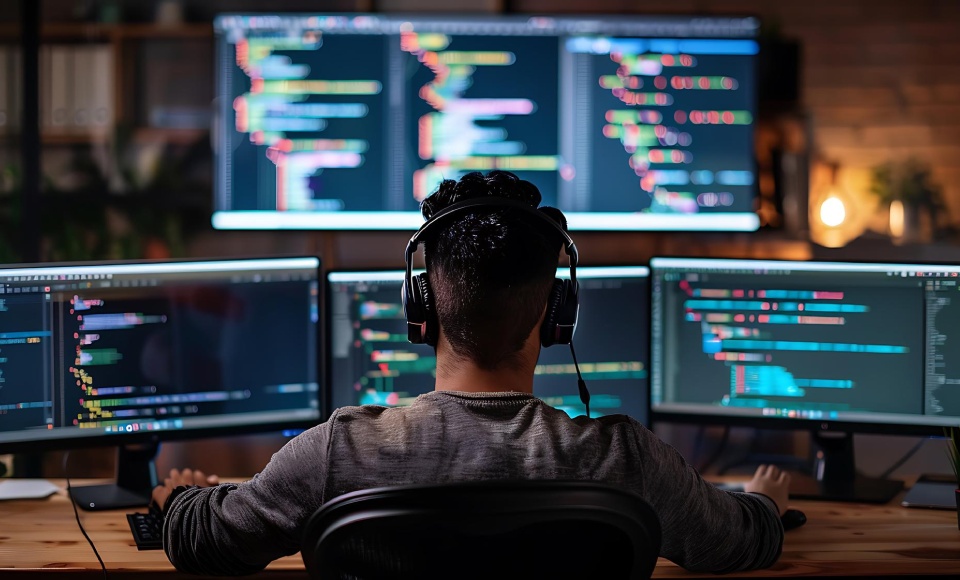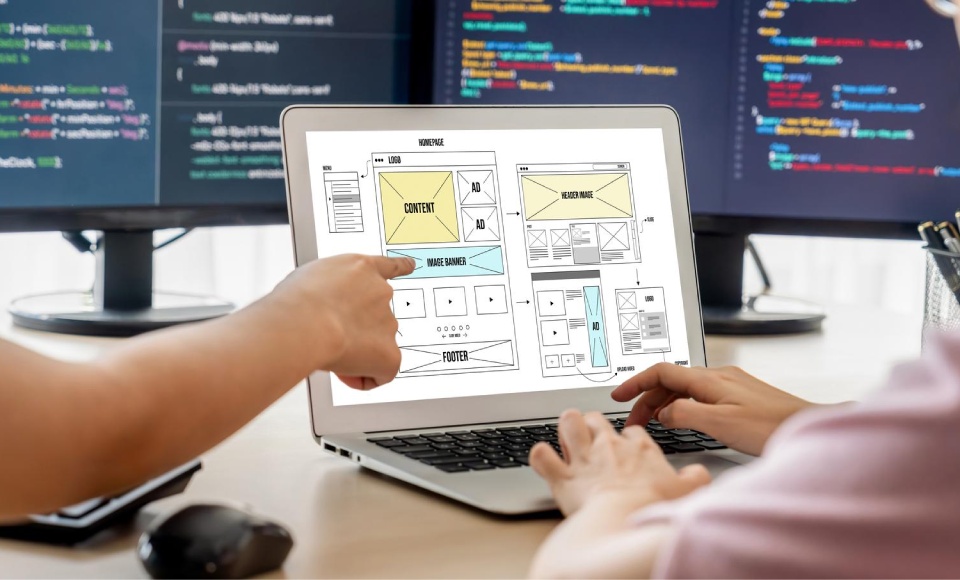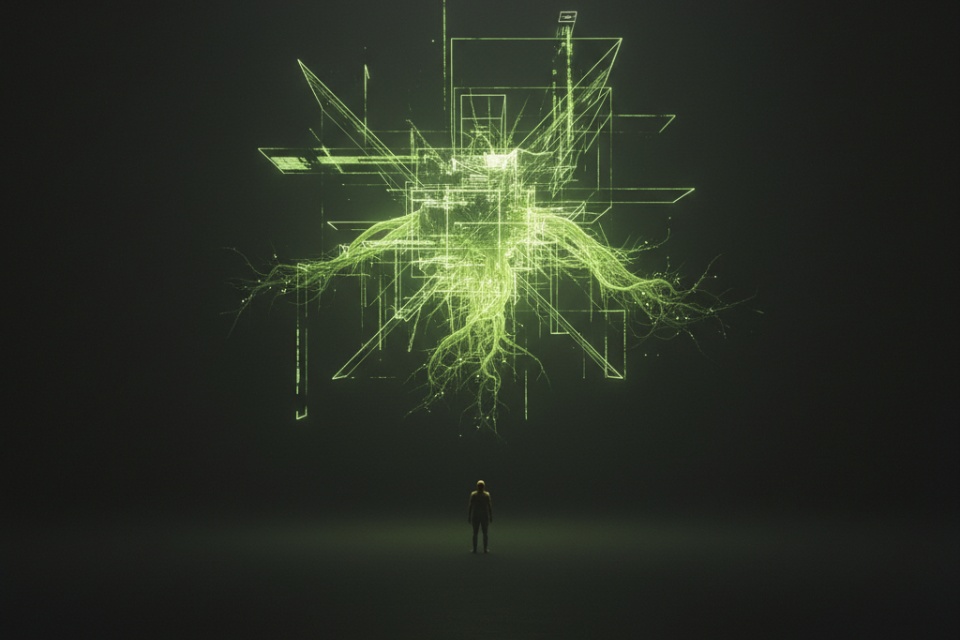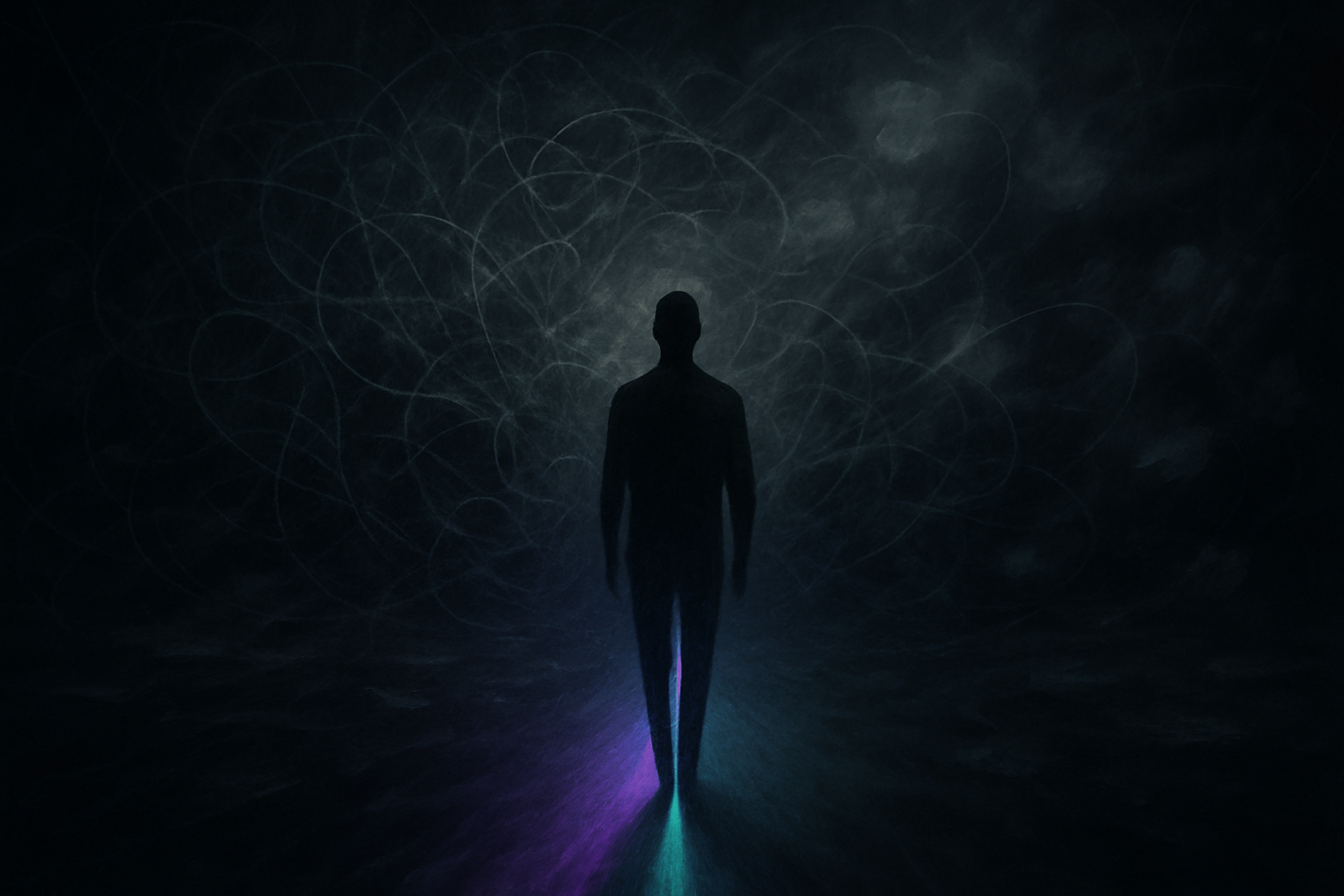For most of my life, I existed in a world defined by brainstorming sessions, artistic direction, and storytelling. My career was in a quintessentially “creative” field, and from that vantage point, code seemed like the final frontier of pure logic. It was a world of 1s and 0s, strict rules, and the cold, hard certainty of mathematics.
I believed, as many still do, that creativity and logic were opposing forces. One was fluid, expressive, and human; the other was rigid, absolute, and mechanical. When I decided to pivot my career and journey into software development, I was prepared to leave one world behind for the other.
But the deeper I travel into this world, the more I realize my initial assumption was profoundly wrong. I didn’t leave creativity behind. I just found a new medium for it.
The question, “Is coding creative?” isn’t just academic. It challenges the very definition of creativity and questions the stereotypes we hold about those who write code. The answer, I’ve found, is an emphatic yes. Here’s why.
Deconstructing the Myth: Why We See Code as Purely Logical
The image of the programmer is a cultural trope. We picture someone in a dark room, face illuminated by a screen of scrolling green text, solving complex mathematical problems. This stereotype paints developers as logical machines, executing commands with unfeeling precision. We rarely associate this image with the messy, intuitive, and often chaotic process of creation.
This binary view is reinforced by the simplified “left-brain vs. right-brain” myth—the idea that you are either analytical or imaginative, but rarely both. In this model, programming is placed firmly in the left-brain camp. But this misses the entire point of what a developer actually does all day.
The syntax of a programming language is just the vocabulary. The logic is just the grammar. These are the foundational tools, but they are not the art itself.

The Blank Canvas: Where Code and Art Converge
A painter begins with a blank canvas, a palette of colors, and a set of brushes. A developer begins with a blank code editor, a programming language, and a set of rules.
Both face the same fundamental, and often terrifying, challenge: creating something meaningful out of nothing.
The client doesn’t ask for a specific for loop or a perfectly structured database schema. They present a problem, a need, a vision. They want an application that connects people, a tool that saves time, or a platform that simplifies a complex process. The “how” is left to the creator.
This is the empty canvas. There is no instruction manual for building something novel. The developer must imagine the architecture, design the user’s journey, and structure the data flow from the ground up. This act of architectural conception—of building an entire system in one’s mind before a single line of code is written—is an act of profound imagination.
So, here we can give a strong YES answer to the “Is Coding Creative?” question!

Beyond “Does It Work?”: The Pursuit of Elegance
Here lies the heart of creativity in coding. When faced with a complex problem, there is never just one “right” answer. There are dozens.
There are the clunky, brute-force solutions that technically work. They are the programming equivalent of using duct tape and glue to hold something together. The program runs, but it’s inefficient, hard to read, and a nightmare to maintain.
And then, there are elegant solutions.
An elegant solution is one that possesses a sense of beauty in its design. It’s simple, efficient, and so intuitive that it feels like it was discovered, not just written. The pursuit of this elegance is where a developer’s creativity shines brightest.
Consider a simple task: you have a list of numbers, and you want to create a new list containing only the even ones.

The Brute-Force Solution:
numbers = [1, 2, 3, 4, 5, 6, 7, 8, 9, 10]
even_numbers = []
for number in numbers:
if number % 2 == 0:
even_numbers.append(number)
print(even_numbers)
This works perfectly fine. It’s logical and follows the rules.
The Elegant Solution:
numbers = [1, 2, 3, 4, 5, 6, 7, 8, 9, 10]
even_numbers = [number for number in numbers if number % 2 == 0]
print(even_numbers)
This version is more than just shorter; it’s more expressive. It reads like a description of the problem itself: “give me a list of numbers for each number in the original list, if that number is even.” This is a form of poetry, finding the most beautiful and expressive way to communicate an idea within the rules of the language.
The drive to find that second solution among all the possible ones—that is pure, undiluted creativity.
Logic is the Brush, Creativity is the Hand
The legendary computer scientist Donald Knuth titled his seminal work “The Art of Computer Programming”. He knew that programming was not just a mechanical application of rules but an aesthetic pursuit.
The strict syntax and logic of code are not a prison that restricts creativity. They are the medium that enables it. A poet uses the rigid structure of a sonnet to create beauty. A musician uses the mathematical rules of scales and harmonies to compose a moving piece of music.
In the same way, a developer uses the rules of a language to craft elegant solutions to messy, human challenges. Logic is the brush, but creativity is the artist’s hand that guides it.
So, Is Coding Creative? Now my conclusion has changed. Coding isn’t the opposite of creativity. It’s just a different medium for it—a medium that finds its beauty in structure, its art in abstraction, and its purpose in solving problems.
I’d love to hear your thoughts in the comments below.
- For the developers: Where do you find creativity in your daily work? Is coding creative?
- For everyone else: Does this change your perspective on what it means to code?
Here on my Personal Website, I talk about my experiences, insights, and what I’ve learned. Make sure to check my blog.



